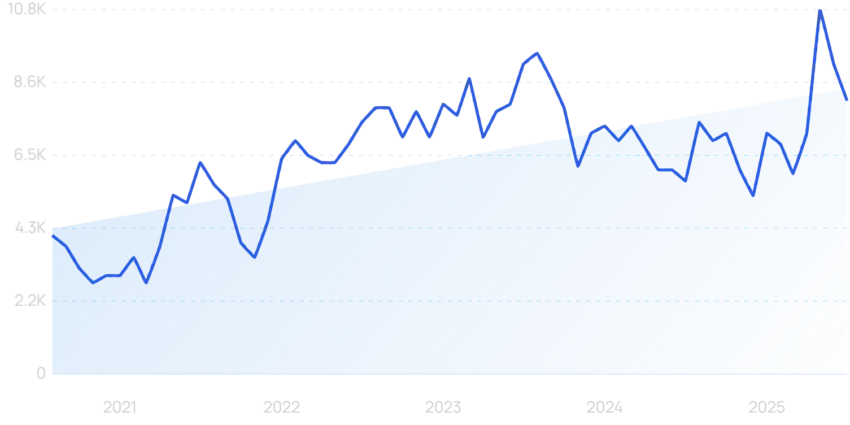TL;DR Summary of How to Conduct a Keyword Gap Analysis to Boost Your SEO Strategy
Optimixed’s Overview: Mastering Keyword Gap Analysis for Enhanced SEO Performance
Understanding the Importance of Keyword Gap Analysis
Keyword gap analysis is a strategic SEO method used to uncover keywords your competitors rank for that you currently miss, as well as keywords both of you share or only you rank for. This process reveals new content opportunities, uncovers competitive weaknesses, and helps maintain your unique market positioning. Despite shifts toward AI-driven search results, ranking highly in traditional search engine results pages (SERPs) remains crucial for visibility and traffic generation.
Step-by-Step Guide to Performing a Keyword Gap Analysis
- Identify Your Competitors: Start by defining both direct business competitors and SEO competitors—sites ranking for your target keywords. Use tools or manual searches to establish a relevant competitor set.
- Run the Gap Analysis: Utilize SEO tools like Semrush’s Keyword Gap tool to compare your site against competitors’ domains, focusing on keywords they rank for that you don’t.
- Analyze and Prioritize Keywords: Look at top opportunities by search volume, filter by commercial or transactional intent for revenue-driving keywords, and evaluate informational queries for AI overview placements.
- Consider Keyword Difficulty: Target keywords with realistic difficulty levels to increase your chances of ranking quickly and sustainably.
Building Content to Capitalize on Keyword Opportunities
Once you identify valuable keywords, organize your content strategy around content hubs or pillar pages. These hubs focus on core topics and link to several related subtopics, enhancing topical authority and user experience. For example, a pillar page on “The Ultimate Guide to Modeling Clay” supported by detailed articles on related subtopics can effectively target multiple related keywords discovered through your analysis.
Measuring Success and Refining Strategy
Track the impact of your keyword gap efforts by monitoring:
- Ranking Changes: Use position-tracking tools to observe keyword movement over time.
- Visibility & Traffic: Analyze organic, direct, and AI-driven traffic growth to relevant landing pages.
- Engagement Metrics: Assess user interaction through session duration, engagement rates, and scroll depth to gauge content effectiveness.
Why Keyword Gap Analysis Remains Vital in 2024
Even as AI search evolves, many users still rely on traditional search results and cited sources within AI overviews. Ranking well ensures your content remains discoverable and authoritative. By conducting regular keyword gap analyses, you stay competitive, uncover emerging trends, and adapt your SEO strategy to maximize traffic and conversions.
